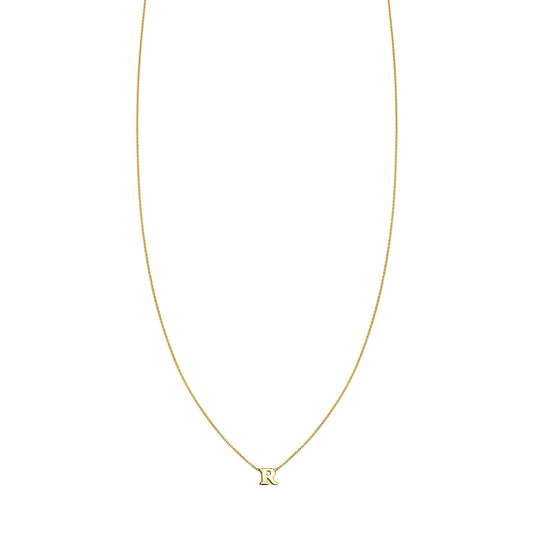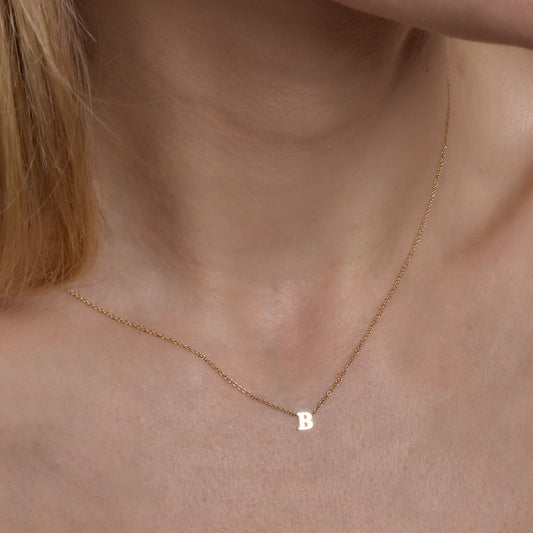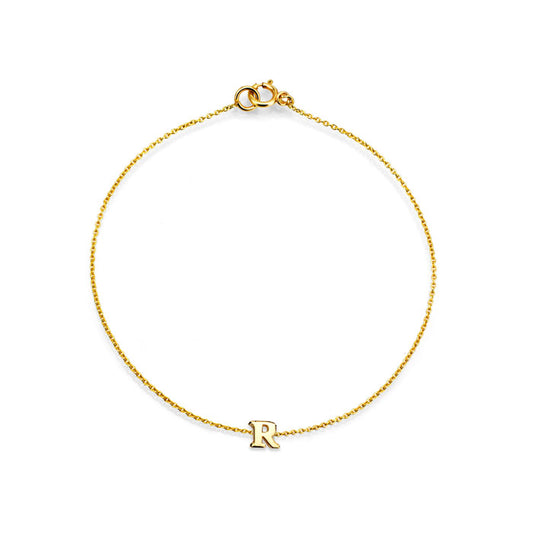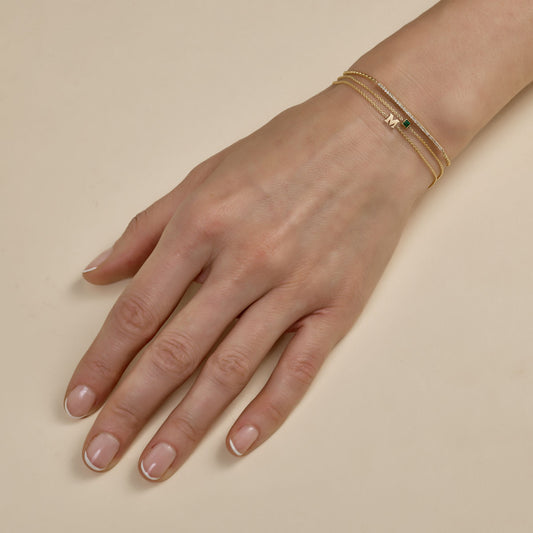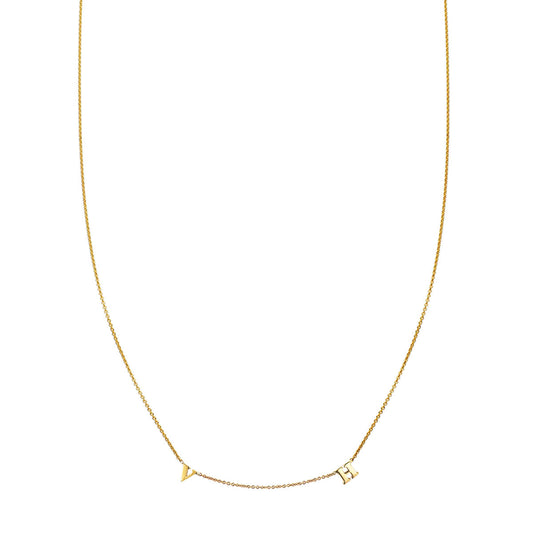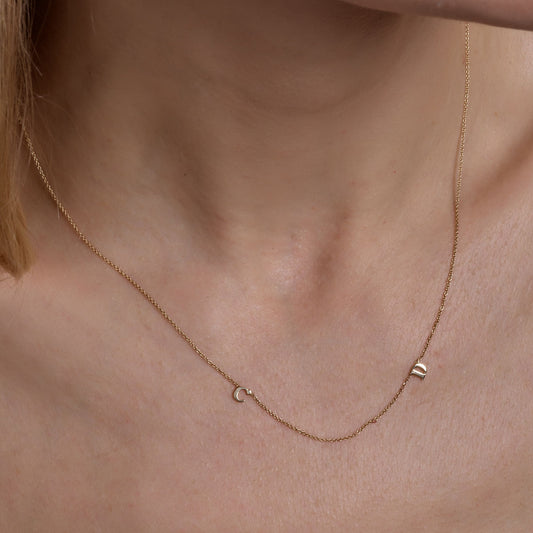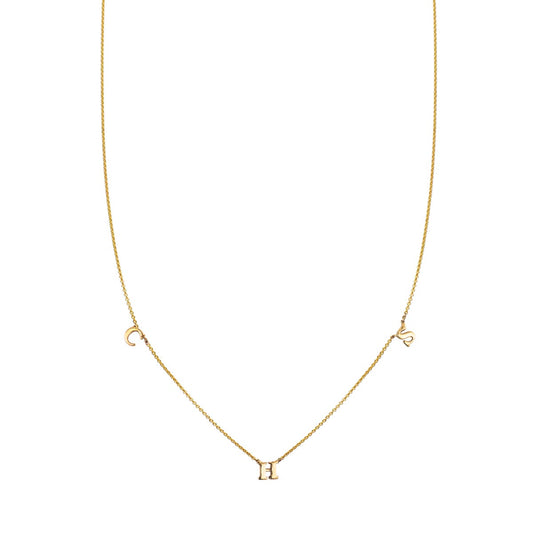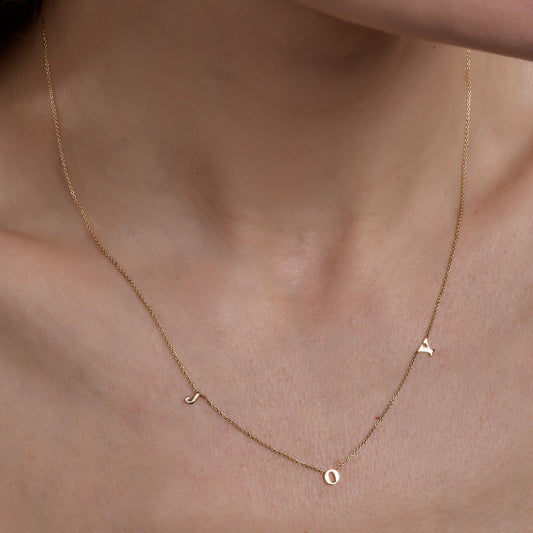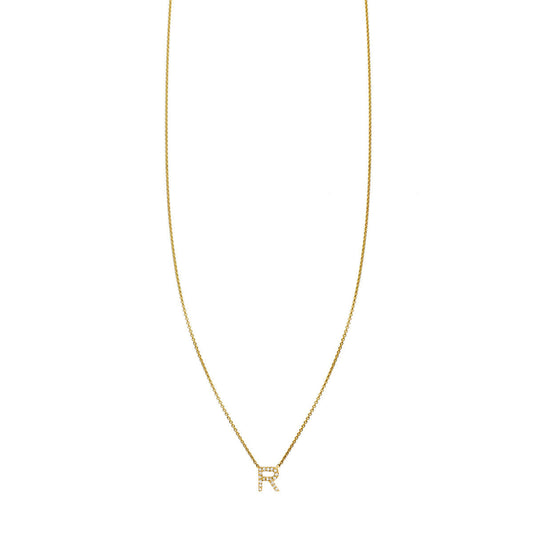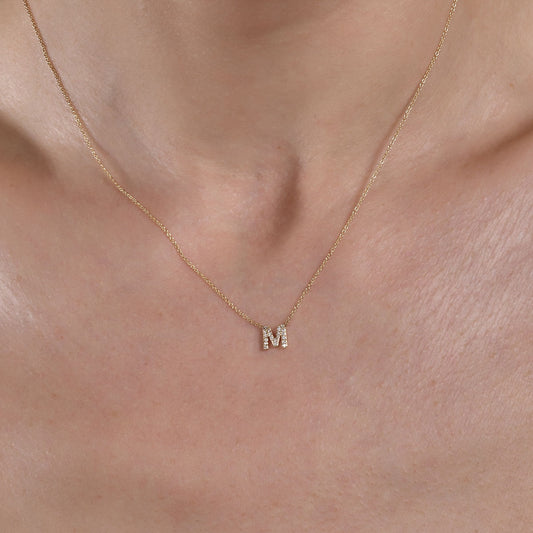Steps to Check the Quality of Gold in Jewelry
Buying gold jewelry requires knowing its quality. Simple checks like inspecting hallmarks, understanding karats, and performing quick tests at home help confirm authenticity. This is especially important for personal pieces, such as an initial necklace gold. Gold purity directly affects a piece’s value and durability, so taking the time to assess its quality helps you make the right choice. By using practical steps, you can avoid low-quality jewelry and feel confident about your purchase. These methods allow you to choose jewelry that is both beautiful and reliable.
Gold Purity and Karats
What Karat Numbers Mean
Gold karat numbers indicate the purity of gold in a piece of jewelry. Pure gold is measured as 24 karats, meaning it contains no other metals. A lower karat number means the gold has been mixed with other metals, such as silver, copper, or zinc. For example, 18-karat gold is 75% pure gold, while 14-karat gold is 58.3% pure. These metals are added to make gold stronger and more durable since pure gold is soft and prone to damage. Understanding karat numbers can help you assess the quality and durability of your jewelry.
How Purity Affects the Jewelry’s Value
The purity of gold significantly impacts its value. Higher karat gold is worth more because it contains more pure gold. For instance, 24-karat gold is more valuable than 18-karat gold due to its higher purity. However, lower-karat gold is often better for everyday jewelry because it is harder and less likely to scratch or bend. The balance between value and durability often depends on the purpose of the piece. Knowing the purity helps you choose a piece that meets your needs and budget without compromising quality.
Recognizing Hallmarks and Stamps
Common Hallmarks Found on Jewelry
Hallmarks are small symbols or numbers stamped on gold jewelry to indicate its purity and authenticity. These marks can include numbers like "24K" for 24-karat gold, "18K" for 18-karat gold, or "14K" for 14-karat gold. Some countries use a three-digit system, where "750" represents 75% pure gold, which is the same as 18-karat gold. Jewelry may also feature a maker's mark, identifying the manufacturer or jeweler, and an assay mark, confirming it has been tested for purity. These hallmarks are often found on clasps, inside rings, or on flat surfaces. Checking these marks helps confirm the gold's quality.
Identifying False or Missing Stamps
Not all stamps on jewelry are genuine. Some items may have fake marks added to mislead buyers. False stamps can make low-quality gold appear more valuable than it is. Missing hallmarks can also be a warning sign. Genuine gold jewelry, especially in countries with strict regulations, almost always includes purity and maker's marks. It may not be real if the stamp looks blurry, uneven, or inconsistent with standard markings. Always inspect the stamp carefully or consult a jeweler if you're unsure. Confirming the authenticity of hallmarks protects you from buying jewelry that isn’t as valuable as claimed.
Simple At-Home Tests for Gold Quality
How the Magnet Test Works
The magnet test is an easy way to check if your gold is genuine. Real gold is not magnetic, so it will not stick to a magnet. You need a strong magnet, such as a neodymium magnet, to perform this test. Hold the magnet close to your jewelry and observe if it attracts the metal. If the jewelry is pulled toward the magnet, it likely contains other metals like iron or nickel. However, this test is not foolproof, as some fake gold items may use non-magnetic materials. For the best results, combine this test with other methods to confirm authenticity.
Using a Scratch Test to Check Authenticity
The scratch test can help identify the gold content of a piece. To perform this test, you’ll need an unglazed ceramic plate or tile. Gently rub your jewelry against the surface of the plate. Real gold will leave a yellow or golden streak, while fake gold or gold-plated items may leave a black or gray streak. Be careful when doing this test, as it could leave minor marks on your jewelry. The scratch test works best on solid gold items and is not suitable for delicate or plated pieces. Use this method cautiously to avoid damaging your jewelry.
Getting a Professional Evaluation
What Happens During a Gold Appraisal
A gold appraisal is a detailed examination of your jewelry by a professional. The appraiser begins by inspecting the piece for hallmarks and stamps that indicate gold purity. They may then use specialized tools, such as an acid test or electronic tester, to verify the metal content. The appraiser also evaluates other aspects of the jewelry, like weight, design, and craftsmanship. If the piece includes gemstones, those are also assessed. After the evaluation, they provide a written report that states the gold’s value based on current market prices. This process helps confirm your jewelry’s worth and authenticity.
Why You Should Consult a Jeweler
Consulting a jeweler can provide clarity about your gold jewelry. Jewelers have the tools and training to accurately evaluate gold purity and quality. They can spot counterfeit marks or identify materials that may not be pure gold. A professional evaluation is especially important for valuable or antique pieces. Local jewelers are often a good choice because they are familiar with industry standards and can provide personalized advice. Regular appraisals are also helpful for insurance purposes or before selling a piece. Relying on a jeweler allows you to make informed decisions about your gold jewelry.
Taking Care of Your Gold Jewelry
Cleaning Tips for Long-Lasting Shine
Keeping your gold jewelry clean helps maintain its beauty. Use a soft cloth to gently remove dirt or smudges after each use. For a deeper clean, mix a small amount of mild dish soap with warm water. Soak the jewelry for a few minutes, then use a soft-bristled toothbrush to clean any grooves or intricate details. Rinse thoroughly with clean water and pat dry with a soft towel. Avoid harsh chemicals like bleach or ammonia, as they can damage gold. Regular cleaning prevents dirt buildup and keeps your jewelry shining for years.
Safely Storing Gold to Protect Its Value
Proper storage keeps your gold jewelry safe from scratches and tarnish. Store each piece separately to avoid scratches from other items. Use a fabric-lined jewelry box or soft pouches for added protection. Keep your jewelry in a cool, dry place, away from direct sunlight or moisture, as both can dull gold over time. If possible, use anti-tarnish strips or silica gel packets to reduce humidity in the storage area. Avoid leaving gold in bathrooms or humid environments. Careful storage preserves the appearance and value of your jewelry.
How to Choose High-Quality Gold Jewelry
Checking gold quality is straightforward with a few practical steps. Examining karats, inspecting hallmarks, and trying simple at-home tests can confirm authenticity. Professional evaluations are also helpful for valuable pieces. These actions allow you to choose gold jewelry with confidence. Proper storage and cleaning keep gold looking beautiful and lasting longer. At Phoenix Roze, we craft high-quality, minimalist gold jewelry for everyday wear and special occasions. Visit our online store to find timeless designs that reflect your style and hold their value for years to come.

